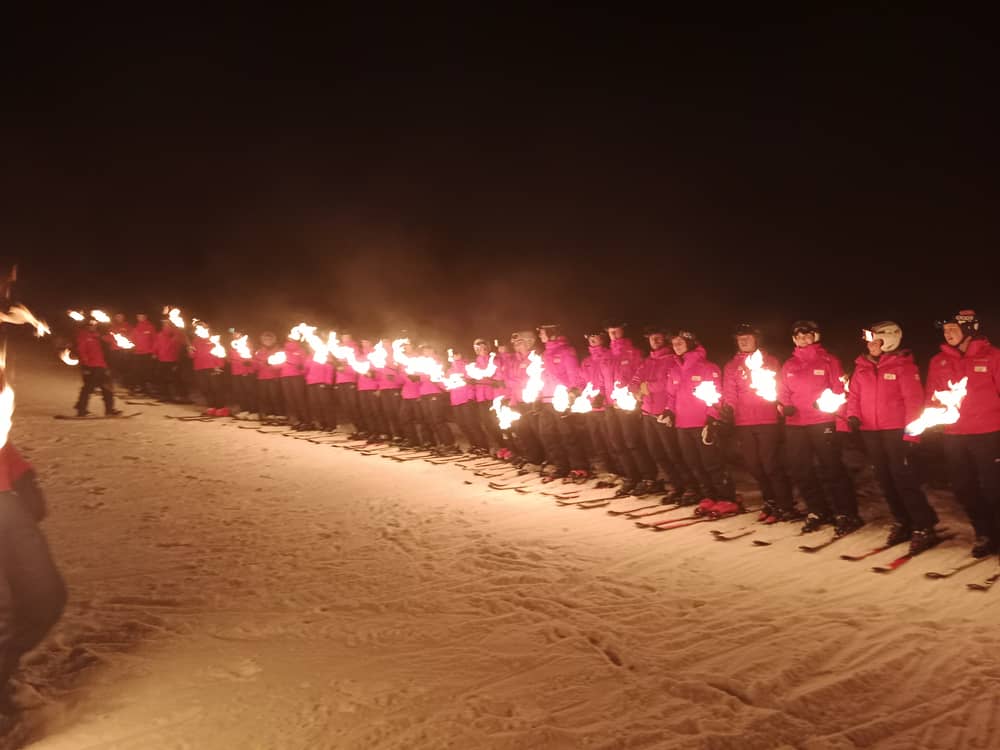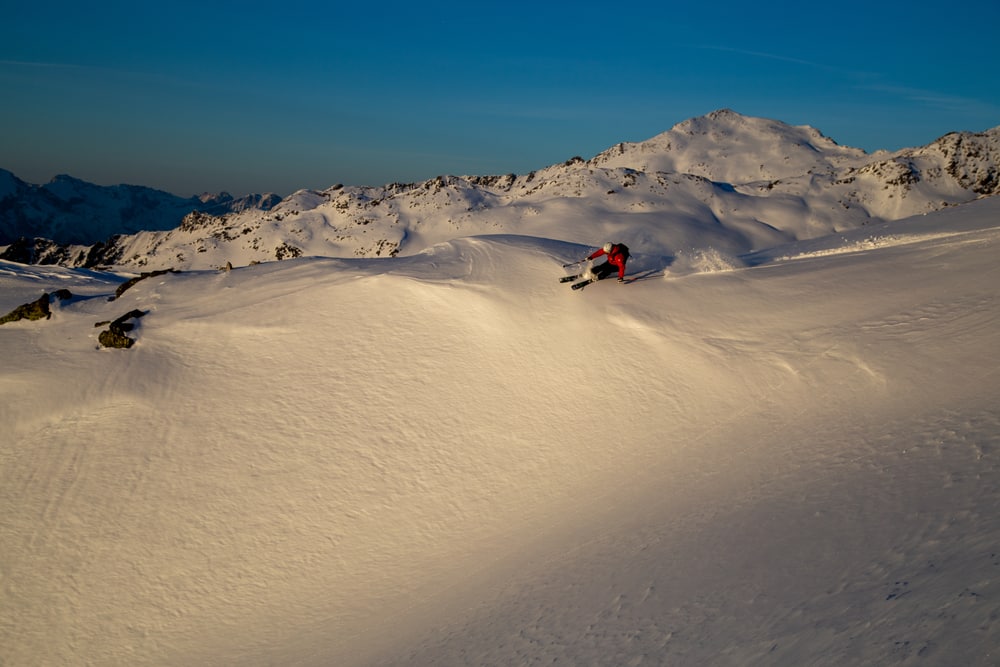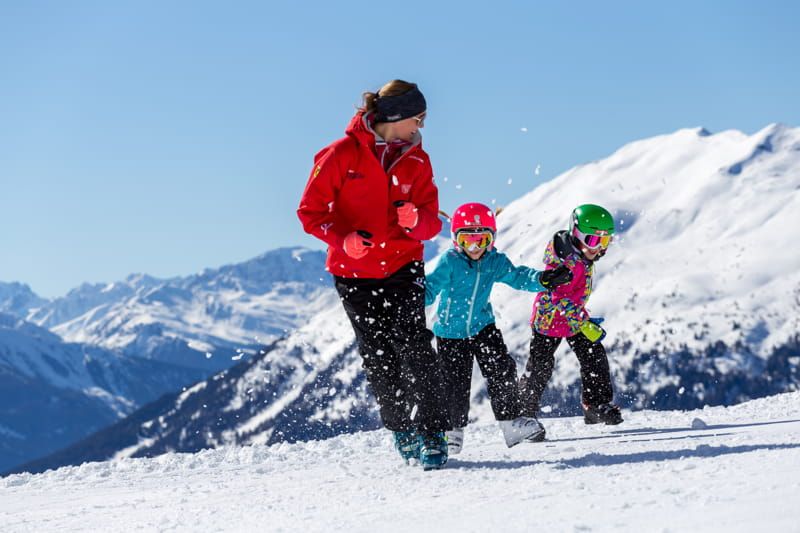7 tips for the right ski equipment
Before you choose your ski equipment, you must know what level of skiing you have and what type of terrain (deep snow, fun park or piste) you want to ski on. There are a variety of skis, including alpine, freestyle, free-ride and touring skis. So it would be best to consider beforehand whether you want to ski on or off-piste to choose the right equipment.
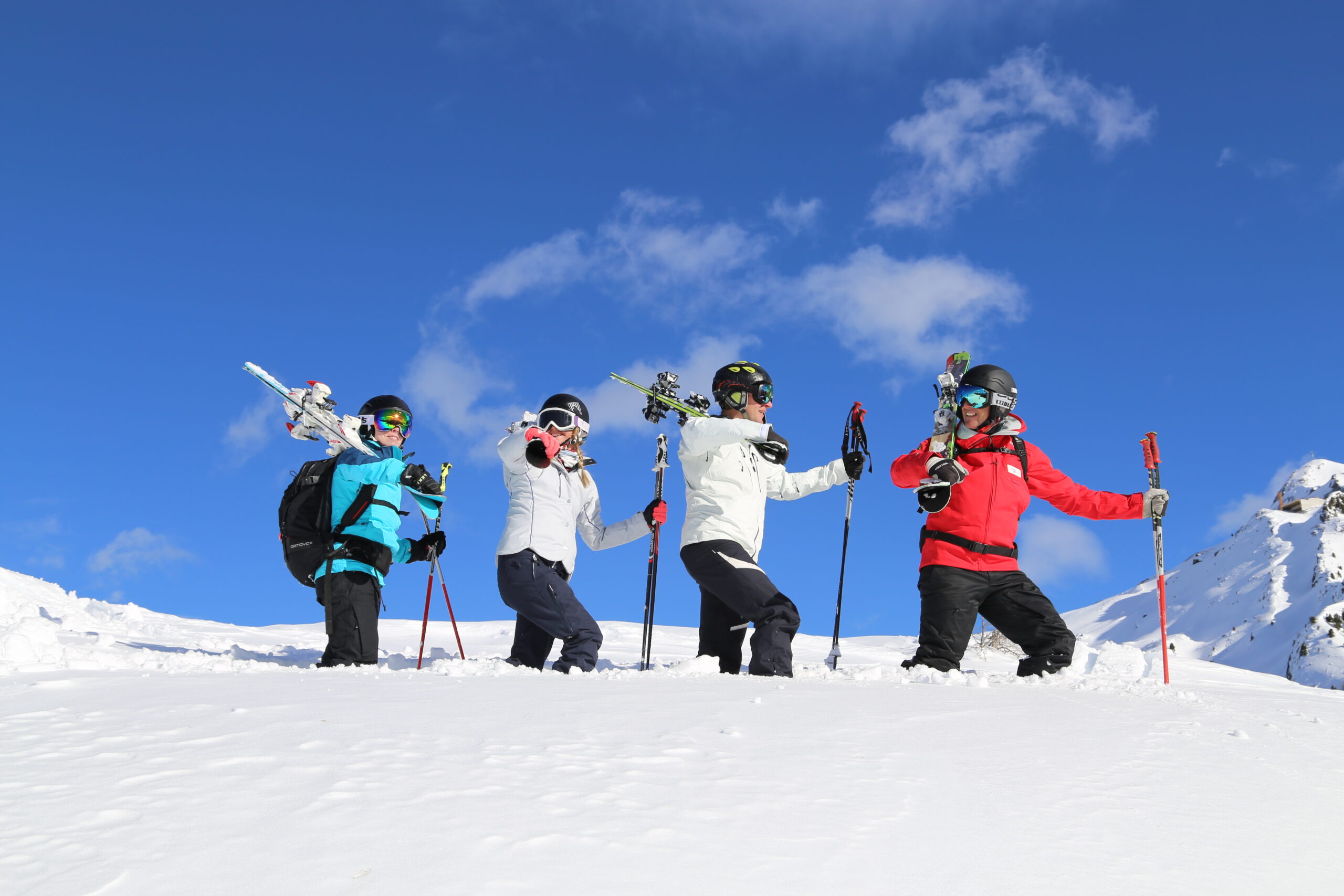
1. Choose the right skis
The length, width, waist and weight of the skis are crucial. Beginners should choose skis that are easy to turn (shorter, lighter), while advanced skiers can take longer and heavier models. Choosing the right skis also depends on your height and weight. It is advisable to seek help from a specialist.
2. Adjusting bindings
An expert only may adjust the bindings. Adjusting them involves adjusting the binding to the length of the ski boot and the so-called “z-Wert”. This value determines the pressure at which the ski bindings should open to release the ski boot and the skier’s foot, thus avoiding injuries. Skiing ability, height and body weight influenced this “z-Wert”.
3. Don’t forget safety equipment
What is “correct” safety equipment? Besides skis and ski boots, safety equipment also includes a ski helmet, a ski suit, gloves and ski goggles or sunglasses.
The ski helmet is now a stylish accessory that also protects the head from injuries and at the same time has a warming function, similar to a hat. The ski suit also has more than just a fashionable and warming function. It protects skiers from skin injuries such as abrasions and sometimes cuts in the event of a fall. The same applies to gloves, which have the same functions.
The ski goggles or sunglasses protect the eyes from the sun’s harmful UV rays and also from the wind. It is important to mention here that even when the sky is cloudy, UV rays are still present, so it is necessary to protect the eyes in fog or heavy cloud cover as well.
You can also wear a back protector to protect your spine in the event of a fall.
4. Ski poles
The correct length of the ski poles is also very important. Stand upright in ski boots, hold the ski poles parallel to the ground and make sure that your forearms form a right angle to the ground, then the ski poles are the right length.
Ski poles that are too short or too long lead to incorrect posture on the skis and therefore to incorrect skiing technique.
5. Ski and boot care
If you rent your ski equipment from a sports shop, this topic only plays a minor role. But if you buy your own equipment, you should also prioritize taking good care of the material to extend its “lifespan”.
Make sure to wax and sand the skis regularly, and also take care of the ski boots by ensuring the inner shoe is always well “aired” and washed from time to time. A specialist should also check regularly the bindings.
6. Rental equipment
If you are just starting skiing, it is advisable to rent equipment before buying your own. This allows you to try out different models and find out which equipment suits you best without having to spend a lot of money.
If you go skiing a lot, you can, of course, also consider buying your equipment. It is advisable to calculate which option is the best for you.
7. Advice from experts
Don’t hesitate to seek advice from a sports shop. The employees are knowledgeable and know exactly what to look out for. You can only really enjoy skiing and enjoy the time in the snowy winter landscape if you have the right equipment that suits your skiing style.
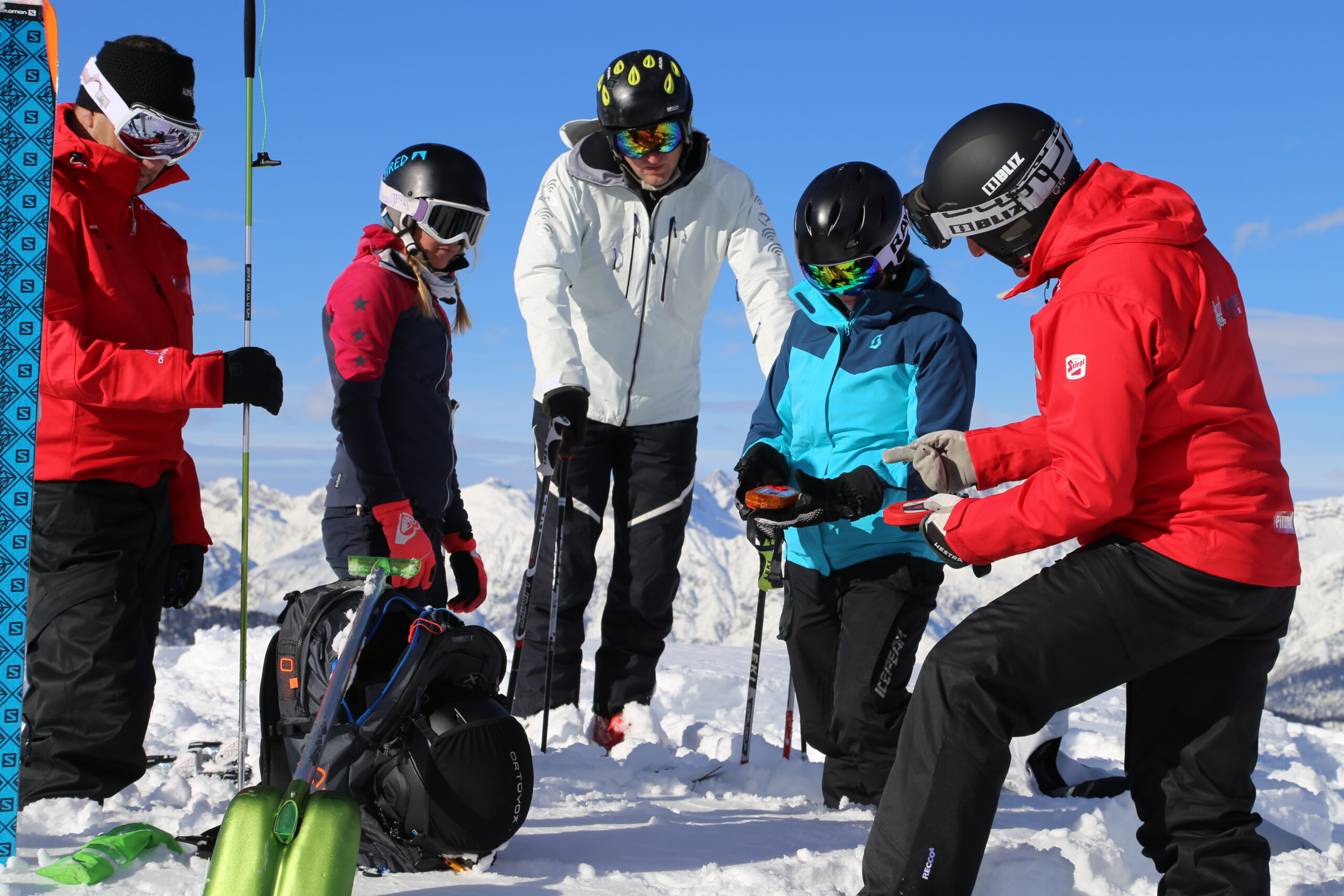
Conclusion
With these tips, you are well prepared to find the right ski equipment for your own needs and then enjoy skiing to the fullest. Safety and comfort always come first.
See you on the slopes!



